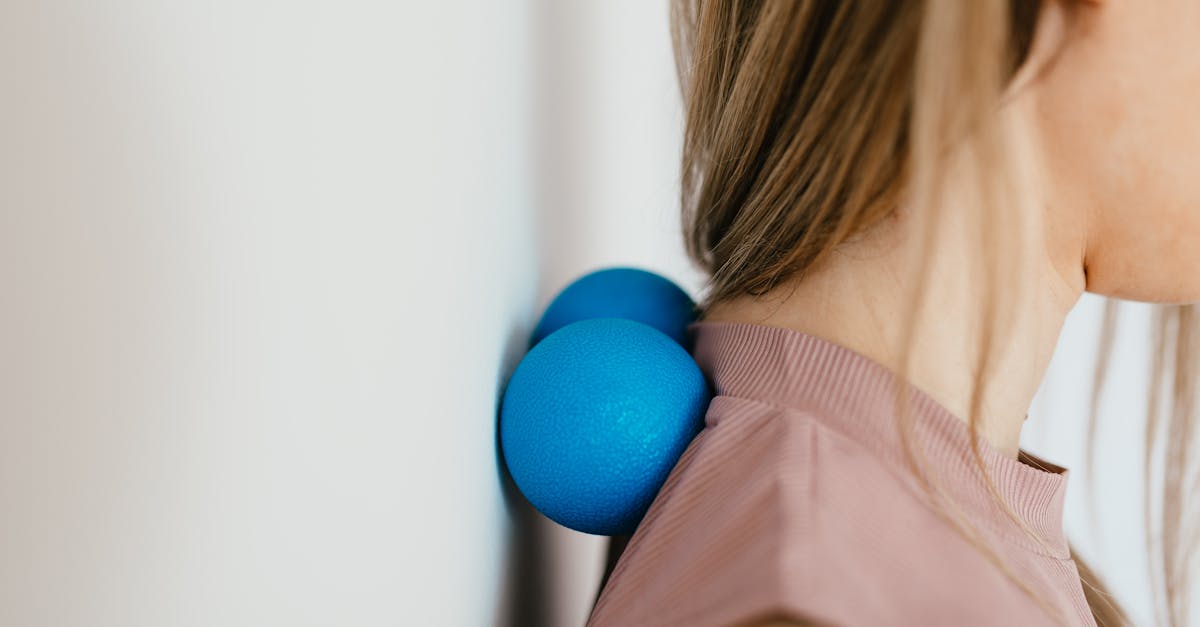Weakening headaches are a common remedy that can significantly impact one’s quality of life. While over-the-counter medications offer relief, many individuals seek home remedies for headache.
Before diving into remedies, it’s crucial to understand the various types of headaches. Tension headaches, migraines, and cluster headaches are among the most common. Each type has its unique characteristics, and identifying the specific type can help tailor remedies for maximum effectiveness.
In the 2012 NHIS, 14.2% of adults aged 18 and above in the United States reported experiencing either migraines or severe headaches in the preceding three months. The 3-month prevalence of migraines, adjusted for age, was 19.1% in females and 9.0% in males. However, these rates exhibited significant variations based on age
In this blog, we’ll explore traditional home remedies for headaches, shedding light on time-tested techniques that have provided relief for generations. Additionally, we’ll delve into the concept of addressing the root causes of headaches rather than merely alleviating symptoms, incorporating insights from Pulse Align—a holistic approach to well-being.
Traditional Remedies for Headache
Hydration
Dehydration is a common trigger for headaches. Ensuring adequate water intake throughout the day can help prevent and alleviate headaches. Incorporating herbal teas, such as peppermint or ginger, can also provide additional benefits.
Cold and Warm Compresses
Applying a cold or warm compress to the forehead or neck can help relax muscles, reduce tension, and alleviate headache symptoms. Experiment with both to determine which works best for you.
Aromatherapy
Essential oils like lavender, peppermint, and eucalyptus have been used for centuries to relieve headaches. Inhaling the aroma or applying diluted oil to the temples may help reduce headache intensity.
Herbal Remedies
Certain herbs, such as feverfew and butterbur, have demonstrated efficacy in migraine prevention. While their mechanisms are not fully understood, incorporating these herbs into your routine may provide relief.
Benefits of Home Remedies for Headache
Home remedies for headaches offer a range of benefits, providing individuals with natural and often accessible methods to alleviate symptoms and enhance overall well-being. Here are some key benefits of incorporating home remedies for headaches into your routine:
Natural Relief:
Home remedies use natural ingredients and techniques, reducing the reliance on pharmaceuticals and their potential side effects.
Many traditional remedies, such as herbal teas and aromatherapy, harness the healing properties of plants to promote relief.
Cost-Effective:
Home remedies are often more budget-friendly compared to over-the-counter medications or prescription drugs, making them accessible to a broader range of individuals.
Minimized Side Effects:
Unlike some medications that may cause drowsiness, dizziness, or other side effects, most home remedies have minimal adverse reactions, if any.
Customizable Approaches:
Individuals can tailor home remedies to their specific needs and preferences, adjusting ingredients or techniques to find what works best for them.
Immediate Availability:
Many home remedies can be implemented quickly with ingredients readily available at home. This accessibility allows for immediate relief when a headache strikes.
Complementary to Medical Treatments:
Home remedies can be used in conjunction with medical treatments prescribed by healthcare professionals, providing a holistic approach to headache management.
Holistic Well-being:
Home remedies often encompass various aspects of well-being, addressing not only the symptoms but also contributing to overall health. For instance, staying hydrated or practicing relaxation techniques can benefit the body as a whole.
Reduced Dependency on Medications:
Over-reliance on medication can sometimes lead to dependency or rebound headaches. Home remedies offer a more sustainable and balanced approach to managing headaches without the risk of medication overuse.
Empowerment and Self-Care:
Engaging in home remedies empowers individuals to take an active role in their health. It encourages a sense of self-care and responsibility for one’s well-being.
Minimal Environmental Impact:
Many home remedies have a smaller ecological footprint compared to the production and disposal of pharmaceuticals, contributing to a more sustainable approach to healthcare.
Educational Value:
Learning and practicing home remedies fosters an understanding of natural healing methods, promoting health literacy and encouraging a proactive approach to well-being.
Stress Reduction:
Some home remedies, such as aromatherapy or relaxation techniques, specifically target stress reduction, which is a common trigger for headaches. By addressing stress, these remedies contribute to both immediate relief and long-term prevention.
Incorporating a variety of home remedies into your routine can provide a holistic and personalized approach to managing headaches. It’s essential to experiment with different remedies and identify the ones that work best for your unique needs and preferences. Additionally, for individuals with chronic or severe headaches, consulting with a healthcare professional is advisable to rule out underlying health conditions and explore comprehensive treatment options.
The Pulse Align Approach
Press Align is a holistic approach that emphasizes addressing the root causes of health issues rather than merely alleviating symptoms. This method considers the interconnectedness of various bodily systems, recognizing that imbalances in one area can manifest as symptoms elsewhere.
Addressing Root Causes vs. Symptom Alleviation
Traditional remedies often focus on symptom alleviation, providing temporary relief without addressing the underlying issues. Pulse Align aims to identify and address the root causes, promoting long-term well-being rather than just transient symptom relief.
Conclusion: Inviting Readers to Explore Pulse Align
For those seeking a more comprehensive approach, exploring Pulse Align as part of their well-being journey may provide additional benefits. Pulse Align’s emphasis on addressing root causes aligns with the holistic insights shared in this blog, offering a natural return to normal function and improved quality of life.
Reference
Burch, R. C., Loder, S., Loder, E., & Smitherman, T. A. (2015). The prevalence and burden of migraine and severe headache in the United States: updated statistics from government health surveillance studies. Headache: The Journal of Head and Face Pain, 55(1),21-34.https://headachejournal.onlinelibrary.wiley.com/doi/full/10.1111/head.12482?casa_token=M_RUcvc8NM0AAAAA%3AfY8mAi8_XNFbxAxFMlfMHeET2kkh6X9SgFEpzherOtgUr2Fv-BQGABYnC6SSVx-d0f_uboD2SSdaGYXwqw
As the visionary CEO of Pulse Align, François is dedicated to transforming the landscape of pain management and posture health. With a deep-rooted passion for innovation and a commitment to excellence, François leads the team in developing cutting-edge solutions that empower individuals to live healthier, pain-free lives. Under his leadership, Pulse Align has become a beacon of hope and support for those navigating postural-related issues and chronic pain. François brings a wealth of experience in neuromodulation and patient management technologies, combining strategic insight with a compassionate approach to address the unique challenges faced by each individual.




